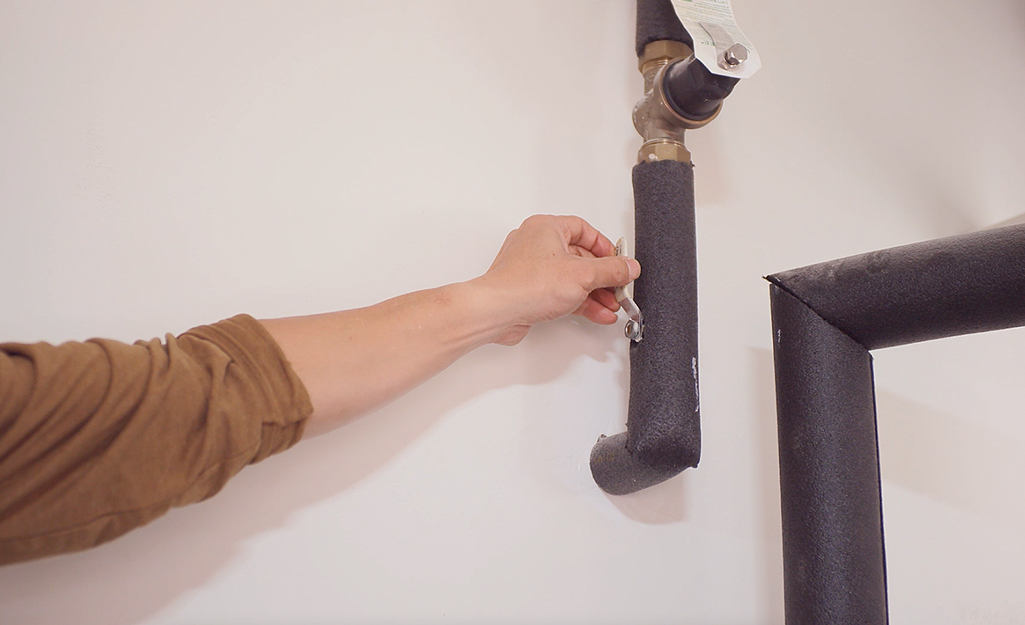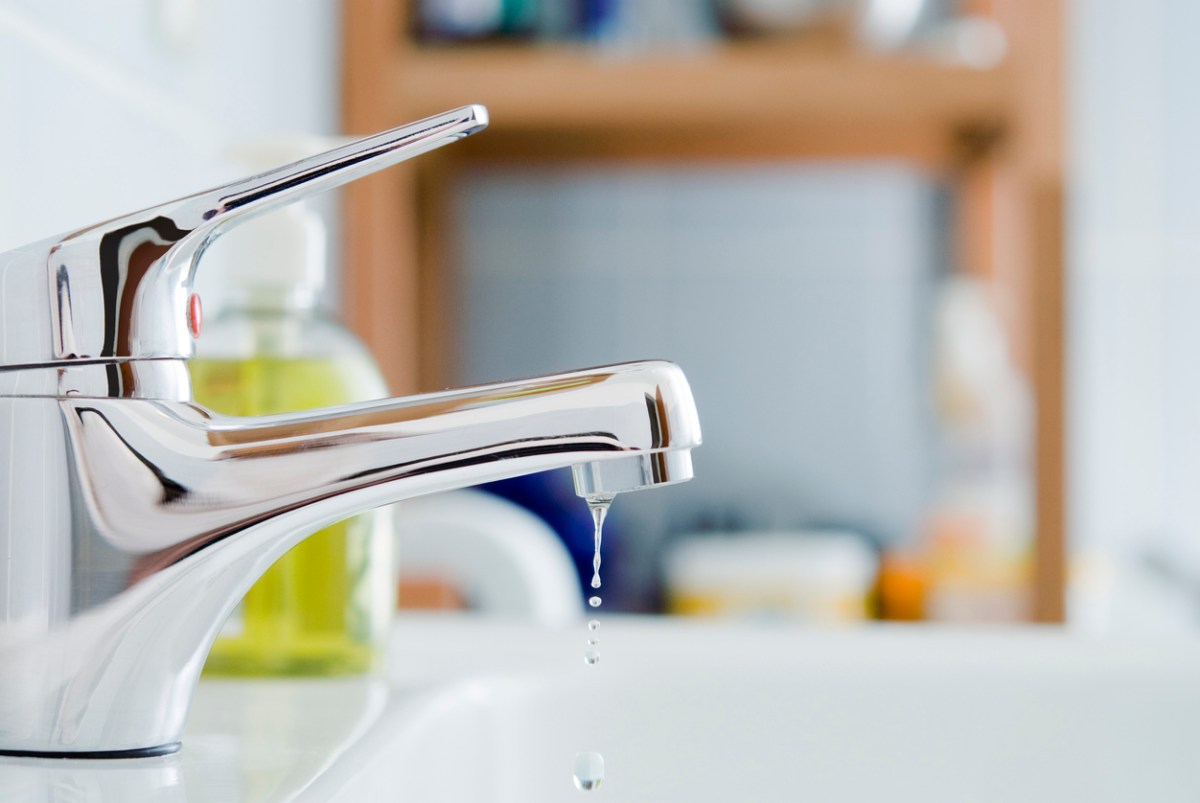Motives Why It's Vital to Fix a Malfunctioning Faucet
Motives Why It's Vital to Fix a Malfunctioning Faucet
Blog Article
Do you find yourself on the lookout for additional info around 4 Common Reasons for a Leaky Faucet?

Trickling faucets could look like a small inconvenience, but their effect surpasses just the aggravation of the audio. From drainage to sustaining unneeded monetary expenses and wellness risks, neglecting a trickling tap can lead to different repercussions. In this post, we'll look into why it's crucial to address this common house concern without delay and properly.
Wastefulness of Water
Ecological Influence
Leaking taps contribute considerably to water wastage. According to the Environmental Protection Agency (EPA), a solitary tap leaking at one drip per second can lose more than 3,000 gallons of water per year. This not just stress water resources yet likewise affects communities and wild animals based on them.
Financial Costs
Raised Water Expenses
Past the ecological effect, dripping taps can inflate water expenses substantially. The gathered waste with time equates right into higher energy expenditures, which can have been avoided with prompt repairs.
Prospective Property Damage
In addition, prolonged leaking can cause harm to components and surfaces surrounding the tap. Water accumulation can cause staining, rust, and also architectural concerns if left neglected, resulting in additional repair work costs.
Health and wellness Problems
Mold And Mildew and Mold Development
The consistent visibility of dampness from a trickling tap creates an excellent setting for mold and mold growth. These fungis not only compromise indoor air quality yet additionally posture health threats, specifically for people with breathing conditions or allergic reactions.
Waterborne Diseases
Stationary water in trickling faucets can come to be a breeding ground for microorganisms and various other pathogens, increasing the danger of waterborne conditions. Pollutants such as Legionella microorganisms thrive in stagnant water, potentially causing severe illnesses when consumed or inhaled.
DIY vs. Expert Repair service
Pros and Cons of DIY Fixing
While some might try to take care of a dripping tap themselves, DIY fixings come with their own set of difficulties. Without proper understanding and tools, DIY attempts can intensify the issue or lead to insufficient repair work, prolonging the trouble.
Advantages of Hiring a Professional Plumber
Hiring a professional plumber makes sure that the underlying cause of the leaking faucet is addressed properly. Plumbing technicians possess the knowledge and devices to identify and repair faucet concerns efficiently, conserving time and decreasing the risk of additional damages.
Step-by-Step Overview to Dealing With a Dripping Tap
Tools Called for
Before trying to repair a leaking tap, gather the required tools, including a flexible wrench, screwdrivers, substitute parts (such as washing machines or cartridges), and plumber's tape.
Usual Tap Issues and Their Solutions
Determine the type of faucet and the particular concern triggering the drip. Usual issues consist of worn-out washing machines, corroded valve seats, or malfunctioning O-rings. Describe manufacturer guidelines or online tutorials for detailed assistance on fixings.
Safety nets
Regular Upkeep Tips
To prevent dripping taps, carry out routine upkeep such as cleaning aerators, examining for leakages, and changing damaged components quickly. Additionally, take into consideration setting up water-saving tools or updating to much more reliable fixtures.
Importance of Prompt Fixes
Addressing leaking taps as soon as they're observed prevents additional water waste and potential damage, inevitably conserving both water and money in the future.
Effect On Home Value
Perception of Well-Maintained Property
Preserving a residential property in good condition, including attending to maintenance problems like leaking taps, boosts its regarded value and worth amongst potential customers or tenants.
Impact on Resale Worth
Residences with well-kept plumbing components, consisting of taps, command greater resale values in the real estate market. Addressing leaking taps can add to a positive impact during property examinations and settlements.
Ecological Duty
Private Contribution to Preservation
Taking responsibility for dealing with leaking taps lines up with more comprehensive efforts towards water preservation and environmental sustainability. Every person's actions collectively make a substantial effect on maintaining valuable sources.
Lasting Living Practices
By prioritizing punctual repairs and embracing water-saving routines, people contribute to lasting living practices that benefit both existing and future generations.
Conclusion
Addressing a dripping tap exceeds simple comfort; it's an essential action toward conserving water, decreasing financial prices, and securing wellness and home. Whether with DIY repair services or expert support, doing something about it to fix trickling faucets is a tiny yet impactful way to advertise accountable stewardship of resources and add to a healthier, extra lasting future.
Why Are My Faucets Dripping (And Can I Fix it Myself)?
Causes of a Dripping or Leaking Faucet
Whether you’re hearing drops of water falling and hitting a sink, or noticing water ooze out from the base of the spout, you shouldn’t ignore a dripping or leaking faucet. And, the good news is, sometimes you can fix the problem yourself.
In this article, we’ll review a few common causes of dripping and leaky. We’ll also walk you through some basic ways to find the problem and handle it without calling anyone — and let you know when to call in a pro.
But, no matter what the cause, or whether you can handle it on your own, the sooner you address it, the better.
Each drip may be a tiny amount of water. But, they all add up quickly. According to the U.S. Geological Survey, one faucet losing one drop every 20 seconds — five a minute — wastes around a liter of water every day, and 173 gallons a year.
Add in more than one in your house, and it’s a lot of water to waste. So, we’ll help you get to the bottom of things quickly.
Four Reasons Your Faucet May Be Dripping
Aerator is Damaged or Unseated Valve Seat is Corroded O Ring is Loose or Worn Out Part of the Assembly is Loose Aerator is Damaged or Unseated
If you unscrew the end of your faucet, you’ll find the aerator. It’s the little stem piece with a screen on it that shuts off the water circulation.
If it’s damaged, or if it’s not sitting right, it will allow water to pass through.
Valve Seat is Corroded
Next is the valve seat, which is connected to the washer. If the washer wasn’t in place correctly, then it could have ground against the seat. Over time, this damages the valve seat.
The problem could also be corrosion: Over time, the part has worn out, and it’s now allowing water to pass through.
O Ring is Loose or Worn Out
Since the o ring is only a small rubber gasket, it’s a common reason why the faucet is dripping. You’ll find it at the base of the faucet, and it’s there to keep water from coming out where it’s not supposed to.
However, it’s common for the o ring to wear out over time. When it does, you’ll notice a drip.
Part of the Assembly is Loose
So far, we’ve looked at a few small, specific parts. But, the problem could be anywhere in the assembly if something’s out of place.
Even if a part isn’t damaged, over time, it may have become loose or dislodged. It could be the parts we mentioned, or the aerator at the tip of the faucet, the stem itself,
Can I Fix a Leaky Faucet Myself?
Depending on the problem, and how handy you are, there’s a chance you can fix a leaky faucet without calling a professional. But, you do run the risk of making the problem worse.
If it’s a small drip, you can certainly try a few troubleshooting tactics. We’ll walk you through them in a moment.
But, no matter what, your first step should be shutting off the water coming into the faucet. You should find a shutoff valve under the sink on the pipes leading to it. Turn each one clockwise until they close tightly.
Next, make sure you have the right tools for whatever you’re attempting. It’s tempting to make do with what you have. But, you need the right ones for a reason: You’re often dealing with small parts that can break if you handle them carelessly.
If you’re feeling confident, here are some places to start.
Items Near the Tip of the Faucet
A few of the parts we mentioned — particularly the valve seat and washer — are located at the tip of the faucet where the water comes out. They’re easy to access, making it a good place to start.
Check the O Ring
To check the o ring, you’ll need to take off the spout at the base. It’s easiest on kitchen sinks with long spouts, versus the smaller, bulkier base on most bathroom sinks.
Either way, this can be tricky, so do it carefully and don’t force anything. If it’s not coming right off, you’re much better off calling in a pro than possibly breaking something.
For a kitchen sink, there’s usually a nut or coupling assembly at the base of the spout. These often slide off easily without using any tools.
Once you’ve disassembled those parts, gently but forcefully twist off the spout.
Then, you can see the o rings. There should be two of the rubber gaskets on the base. If they look worn or damaged, replace them, and see if that solves the problem.

Hopefully you liked our section on 4 Common Reasons for a Leaky Faucet. Thank you so much for taking a few minutes to read our content. Do you know about somebody else who is involved in the niche? Why not promote it. Thanks for your time spent reading it.
Report this page